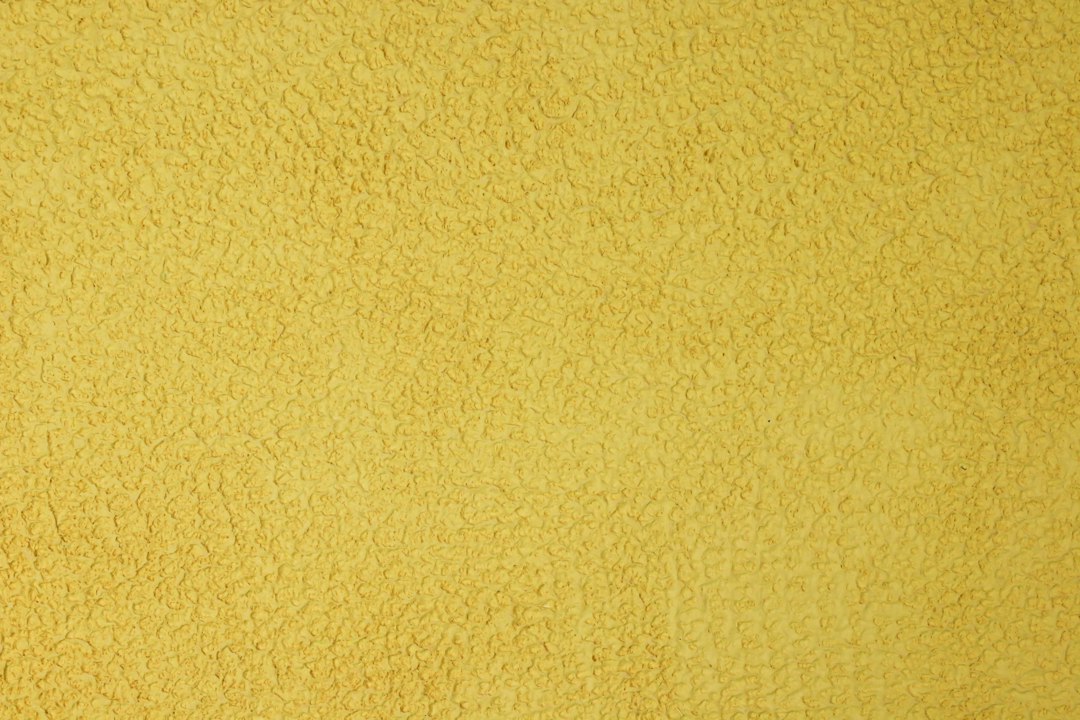Why Are My Squash Leaves Turning Yellow? Exploring the Causes and Solutions

Squash plants are a popular choice for home gardeners due to their versatility and delicious fruits. They belong to the Cucurbitaceae family, which also includes cucumbers, melons, and pumpkins. Squash plants are known for their large, vibrant leaves that play a crucial role in the plant’s growth and development.
The leaves of squash plants are broad and have a distinct shape, often described as heart-shaped or lobed. They are typically green in color, but can vary depending on the specific variety of squash. These leaves are responsible for capturing sunlight and converting it into energy through the process of photosynthesis.
Key Takeaways
- Squash plants are a popular vegetable crop that produce large, broad leaves.
- Chlorophyll is a key component in squash leaves that helps with photosynthesis and gives the leaves their green color.
- Yellowing squash leaves can be caused by a variety of factors, including nutrient deficiencies, pest infestations, and fungal diseases.
- Identifying the specific cause of yellowing leaves is important in determining the best treatment options.
- Preventative measures, such as proper watering and fertilization, can help maintain healthy squash leaves, while treatment options may include insecticides or fungicides.
Understanding the Role of Chlorophyll in Squash Leaves
Chlorophyll is a pigment found in the chloroplasts of plant cells, including those in squash leaves. It is responsible for capturing light energy from the sun and converting it into chemical energy through photosynthesis. Without chlorophyll, plants would not be able to produce food and grow.
The presence of chlorophyll gives squash leaves their green color. This pigment absorbs light in the red and blue regions of the electromagnetic spectrum, while reflecting green light. As a result, we perceive the leaves as green. However, there are other pigments present in squash leaves, such as carotenoids, which can give them a yellow or orange hue.
Common Causes of Yellowing Squash Leaves
Yellowing squash leaves can be a cause for concern for gardeners, as it is often an indication of an underlying issue with the plant’s health. There are several factors that can contribute to yellowing leaves in squash plants, including nutrient deficiencies, pest infestations, and fungal diseases.
Nutrient deficiencies are a common cause of yellowing leaves in squash plants. When essential nutrients like nitrogen, potassium, or magnesium are lacking in the soil, the plant is unable to produce enough chlorophyll, resulting in yellowing leaves. Additionally, pests such as aphids or spider mites can feed on the leaves, causing damage and discoloration. Fungal diseases, such as powdery mildew or downy mildew, can also cause yellowing and other symptoms in squash leaves.
Nutrient Deficiencies and Their Effects on Squash Leaves
| Nutrient | Deficiency Symptoms | Effects on Squash Leaves |
|---|---|---|
| Nitrogen | Yellowing of leaves, stunted growth | Yellowing of older leaves, reduced leaf size |
| Phosphorus | Purple or red leaves, poor root growth | Dark green leaves, reduced leaf size |
| Potassium | Yellowing of leaf margins, weak stems | Yellowing of older leaves, reduced fruit size |
| Calcium | Stunted growth, distorted leaves | Brown spots on leaves, blossom end rot on fruit |
| Magnesium | Yellowing between leaf veins | Yellowing of older leaves, reduced fruit size |
| Sulfur | Yellowing of new leaves | Yellowing of younger leaves, reduced growth |
| Iron | Yellowing of new leaves | Yellowing of younger leaves, reduced growth |
Nutrient deficiencies can have a significant impact on the health of squash leaves. When a plant lacks essential nutrients, it is unable to carry out vital metabolic processes, leading to stunted growth, poor fruit development, and yellowing leaves.
One common nutrient deficiency in squash plants is nitrogen deficiency. Nitrogen is an essential nutrient for plant growth and is responsible for the production of chlorophyll. When a plant lacks nitrogen, it cannot produce enough chlorophyll, resulting in pale or yellowing leaves.
Another common nutrient deficiency in squash plants is potassium deficiency. Potassium plays a crucial role in various physiological processes within the plant, including water regulation and nutrient uptake. When a plant lacks potassium, it may exhibit yellowing leaves that eventually turn brown and die.
Magnesium deficiency is also a common issue in squash plants. Magnesium is an essential component of chlorophyll molecules and is necessary for photosynthesis. Without sufficient magnesium, the plant cannot produce enough chlorophyll, leading to yellowing leaves.
Pest Infestations and Squash Leaf Discoloration
Pests can wreak havoc on squash plants and cause discoloration and damage to the leaves. Common pests that affect squash plants include aphids, spider mites, squash bugs, and cucumber beetles.
Aphids are small insects that feed on the sap of plants. They can cause yellowing of the leaves by sucking out the plant’s nutrients and injecting toxic saliva into the leaves. Spider mites are tiny arachnids that also feed on the sap of plants. Their feeding causes yellow spots and stippling on the leaves, eventually leading to leaf discoloration.
Squash bugs are another common pest that can cause yellowing of squash leaves. These insects feed on the sap of the plant, causing wilting, yellowing, and eventually death of the leaves. Cucumber beetles are known to transmit bacterial wilt disease, which can cause yellowing and wilting of squash leaves.
Fungal Diseases and Squash Leaf Yellowing

Fungal diseases can also cause yellowing and other symptoms in squash leaves. Powdery mildew is a common fungal disease that affects squash plants. It appears as a white powdery coating on the leaves, stems, and fruits of the plant. As the disease progresses, the affected leaves may turn yellow and eventually die.
Downy mildew is another fungal disease that can cause yellowing of squash leaves. It appears as yellow or brown patches on the upper surface of the leaves, with a fuzzy gray or purple growth on the underside. The affected leaves may eventually turn yellow and die.
Environmental Factors That Affect Squash Leaves
Environmental factors can also play a role in causing yellowing in squash leaves. Temperature, humidity, and other factors can affect plant health and lead to leaf discoloration.
Extreme temperatures can stress squash plants and cause yellowing of the leaves. High temperatures can lead to wilting and sunburn, while low temperatures can inhibit nutrient uptake and photosynthesis, resulting in yellowing leaves.
Humidity levels can also impact squash plants. High humidity can create a favorable environment for fungal diseases, such as powdery mildew or downy mildew, which can cause yellowing of the leaves.
Other environmental factors, such as improper watering or poor soil drainage, can also contribute to yellowing leaves in squash plants. Overwatering can lead to root rot and nutrient deficiencies, while poor soil drainage can cause waterlogged conditions that inhibit nutrient uptake.
Identifying the Type of Squash Plant and Its Susceptibility to Yellowing Leaves
There are several different types of squash plants, each with its own specific needs and susceptibility to yellowing leaves. It is important for gardeners to identify the type of squash plant they are growing and understand its specific requirements for healthy leaves.
Summer squash varieties, such as zucchini or yellow squash, are generally more susceptible to yellowing leaves compared to winter squash varieties, such as butternut or acorn squash. Summer squash plants have a shorter lifespan and tend to produce more leaves, making them more prone to nutrient deficiencies and pest infestations.
Winter squash plants, on the other hand, have a longer growing season and produce fewer leaves. They are generally more resilient and less prone to yellowing leaves. However, they can still be affected by nutrient deficiencies or pest infestations if proper care is not taken.
Preventative Measures for Maintaining Healthy Squash Leaves
Prevention is key when it comes to maintaining healthy squash leaves. By taking proactive measures, gardeners can minimize the risk of yellowing leaves and other issues in their squash plants.
One important aspect of preventative care is maintaining proper soil health. This includes testing the soil before planting and amending it with organic matter or fertilizers as needed. Regularly monitoring soil moisture levels and providing adequate drainage can also help prevent waterlogged conditions that can lead to yellowing leaves.
Proper watering is crucial for healthy squash plants. Watering deeply and infrequently, rather than shallowly and frequently, encourages deep root growth and helps prevent overwatering. Mulching around the base of the plants can also help conserve moisture and regulate soil temperature.
Regularly inspecting plants for signs of pests or diseases is another important preventative measure. Early detection and prompt action can help prevent the spread of pests or diseases and minimize damage to the leaves. Using organic pest control methods, such as insecticidal soaps or neem oil, can help manage pest infestations without harming beneficial insects.
Treatment Options for Squash Plants with Yellowing Leaves
If yellowing leaves do occur in squash plants, it is important to identify the underlying cause and address it effectively. Treatment options will vary depending on the specific issue, but there are some general steps that can be taken.
If nutrient deficiencies are suspected, a soil test can help determine which nutrients are lacking. Fertilizers or soil amendments can then be applied to correct the deficiency and promote healthy leaf growth. Organic options, such as compost or well-rotted manure, are often preferred for their slow-release properties and minimal environmental impact.
If pests are causing yellowing leaves, insecticidal soaps or organic insecticides can be used to control the infestation. It is important to follow the instructions on the product label and apply treatments when pests are most active. Regularly monitoring plants for signs of pests and taking action early can help prevent further damage to the leaves.
Fungal diseases can be more challenging to treat, but there are some options available. Fungicides specifically formulated for the particular disease can be applied according to the instructions on the label. Additionally, practicing good sanitation by removing and disposing of infected plant material can help prevent the spread of fungal spores.
Conclusion:
Healthy squash leaves are essential for the growth and development of squash plants. They play a crucial role in capturing sunlight and converting it into energy through photosynthesis. Yellowing leaves can be a sign of underlying issues such as nutrient deficiencies, pest infestations, or fungal diseases.
By understanding the causes of yellowing leaves in squash plants and taking preventative measures, gardeners can maintain healthy plants. Proper soil health, watering, and regular monitoring for pests and diseases are key to preventing yellowing leaves. If yellowing does occur, identifying the underlying cause and addressing it promptly can help restore the health of the plant.
With proper care and attention, squash plants can thrive and produce an abundant harvest of delicious fruits. By prioritizing the health of the leaves, gardeners can ensure the success of their squash plants and enjoy the rewards of their efforts.



